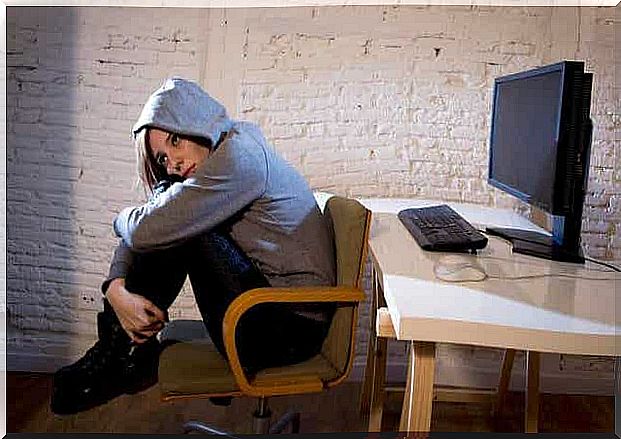Dangerous Trends For Teenagers On Social Networks

Social networks and the sometimes dangerous trends that circulate on them have a major impact on the lives of adolescents.
13 Reasons Why is a Netflix series that tells the sad story of a teenager who decided to take her own life, and explains the 13 reasons she did it.
This series describes the power and influence of social networks, bullying and the challenges teenagers face every day, both at school and at home.
Dangerous Social Media Trends
Inappropriate photos
Today, there are so many apps and services that teens can use to communicate. All it takes is an inappropriate photo or an unpleasant statement to change a life forever. Teens may feel a strong desire to belong and to feel accepted. Sometimes they forget the potential that a photo or text can have to go viral.
Parents should leave the door open for communication with their teen. Try to tune in to your teen and let them talk when they seem ready. Creating a sense of openness and a non-judgmental approach will make it easier for your teen to open up.
Moreover, when parents show that there are no taboos and that they like to talk about all these topics, they show that they are vulnerable. Teens will then remember this and sit down to talk. Our job is to just shut up and listen.

However, if your teen refuses to open up and you feel their behavior should not be ignored, talk to a therapist about what to do. Don’t be afraid to push and ask tough questions. General therapists or school therapists have a lot to offer and a lot of resources at their disposal.
Most people don’t realize that many school therapists are therapeutically taught to counsel people. Counselors provide academic support, individual counseling, and parent counseling. Ideally, you should start with a one-on-one conversation to understand the relationship between tutor and student.
Dangerous challenges on social networks
Sites like YouTube, Facebook and Instagram have the potential to reach a large audience. This is excellent if the information is secure and appropriate, but that is not always the case. It’s a sad fact that scary, tacky and annoying videos attract the general public. Teens are tempted to watch them, but the danger starts when they really start to like them.
There are two challenges on YouTube that have turned out to be quite dangerous. One is called ‘The Duct Tape Challenge’, where a person is stuck to a pole or piece of furniture and then has to try to escape.
In one specific case in 2016, a teenager fell and hit his eye socket, causing a brain aneurysm. He was in critical condition at the time. Showing your teens this story might make them think.
Another challenge was swallowing a large amount of cinnamon without water. Doesn’t sound too scary, does it? Think again. A four-year-old boy thought he was going to give it a try, and eventually choked. This was in 2015. Cinnamon can cause life-threatening respiratory problems.

There is also a challenge on Facebook in which participants use a ‘light’ strangulation to reduce their oxygen intake until they pass out. Apparently this causes a short high. However, if done incorrectly, it can be fatal. It’s way too dangerous and teens just need to be made aware of it so they don’t play these games and potentially harm themselves physically or psychologically.
Dangerous Social Media Trends: Would Your Child Join Them?
You may think as a parent that your child would never do such a thing, but you never know for sure. Rather than ignoring these trends, talk about them with your kids and explain the potential serious consequences if they do participate. Make them aware of the risks. Then if they see new trends on social networks, they don’t participate.
Social networks can also bring many good things. However, they are also a tool for evil. For this reason, we need to be informed to help our teens think critically about these things.








